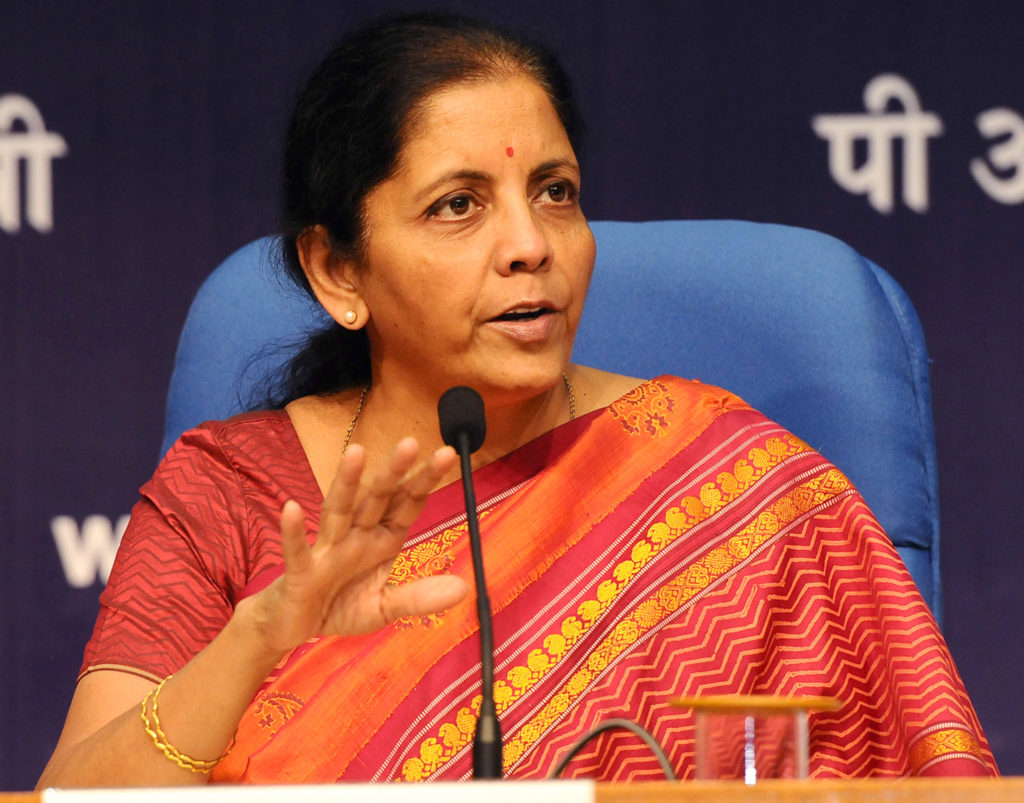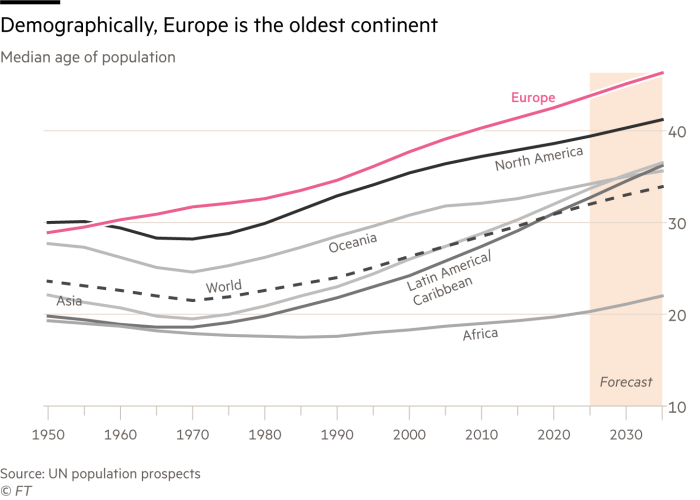
As India emerged out of the cusps of the third lockdown, which lasted for around two weeks, the Centre said that it was in favour of opening up the economy. It had no real alternative to this quandary- almost replicating the likes of a catch-22 situation- after all, domestic industries and firms have been battered by the dip in production and consequent revenue loss due to a total disruption in supply chains. The pandemic, which has harboured an economic impasse of monumental proportions, also dumped with it a tide of unbearable suffering and a string of humanitarian challenges amongst the less privileged. A full-blown migrant crisis today threatens the very societal strand that fuels India’s growth and has been exacerbated multifold by a complete lack of empathy and concern for their case. Amidst such harrowing times and with widening mass-scale distress evident in the economy post the lockdown, direct fiscal intervention by the government was the need of the hour.
The ‘Aatmanirbhar Package’, a relief and stimulus package announced by PM Modi as worth ₹20 lakh crores, or nearly 10% of India’s GDP, was quick to raise hopes. Would the ruling dispensation opt for cash benefits and tax holidays, and relieve stressed sectors of their humongous debt burdens? With the net worth of the package split into five tranches, it necessitated a patient wait to find out whether the government was sincere in its attempt to provide an escape route. The bane of the pandemic’s impact soon blossomed into an opportunity for the government to drive home much-needed reforms, particularly in agriculture, defence, DISCOMS and the MSME sectors. Perhaps the most significant changes that came to fruition were the re-categorisation and easy capital access for the MSME industries, amendment of the Essential Commodities Act for agro-allied activities, automatic FDI approval of up to 74% in the Defence sector, and increased support for privatisation of strategic sectors. On closer introspection, however, much of the package is merely liquidity support from the RBI’s earlier market measures and credit guarantees by the government, and the direct fiscal impact and cash outgo for the government stands pegged at less than 1% of the GDP. A break-up of the same will further illustrate matters.
Looking beyond the obvious
It is evidently clear that the net cost of the Aatmanirbhar financial stimulus package to the government is much less than the projected 10%, realistically hovering somewhere around 5.29% of the GDP (Edelweiss estimates). However, direct fiscal support, which was most anticipated, was a huge let-down- totalling to a plaintive figure of 0.49% of the GDP. It does not come as a surprise, as the package involves RBI’s liquidity-boosting measures which were made earlier as a part of the scheme. Although the government controls the fiscal policy, the RBI is an autonomous body and decides the monetary policy through its bi-monthly MPC meetings. It is crucial to understand that the government’s expenditures and the RBI’s measures are not equivalent and hence, are not additive prima facie. Nowhere in the world has such a fiscal package been declared, which involves the support of the apex bank. An excellent case-in-point would be that of the United States’ $3 trillion (approximately ₹225 lakh crores) package, which was completely governmental expenditure and did not hold into account the effects of the Federal Reserve’s decisions. All in all, the deal is primarily aimed at supply-side measures, and there exists no provision for cranking up demand-side figures through a resort to deficit financing. The Aatmanirbhar Package is effectively medium to long-term in vision and does very little to alleviate the concerns of the economy in the immediate vicinity.
Let us take the case of the Micro, Small and Medium Enterprises (MSME) sector. A substantial chunk (nearly 94%) of these are labelled as micro industries, which were earlier handicapped by rigid investment parameters. The recategorisation now permits a more fluidic definition of the industries, basing the division on a turnover-based criterion to allow for higher investment limits. The differential grading for manufacturing and services MSMEs have also been eliminated. Under the new norms, micro industries should have an annual turnover fewer than ₹5 crores and an investment of less than ₹1 crore. This is a remarkable hike from the earlier investment criteria of a maximum of ₹25 lakhs for manufacturing industries and ₹10 lakhs for service-based firms. However, apart from the contextual change in definition, there is not much to cheer for. Instead of directly infusing money into the MSME sector, the government has chosen to tread the path of credit guarantees, by facilitating cheaper and easier loans to the tune of ₹300,000 crores. A provision for subordinate debt has also been included for “stressed” MSME firms and is worth ₹20,000 crores, out of which the government will partially guarantee ₹4000 crores. Thus, even in the event of a failure, the government will back up the lender with a part of the recovery amount.
However, credit guarantees often take time to materialise in totality. Loans are not instant; and even if the floodgates are opened, it is unlikely that the banking sector would like to get itself submerged in a torrential volume of small-sized loans. Rather, it may give rise to cronyism, where more prominent players are accorded the sizeable portion of the pie, while the comparatively insignificant firms are left in the lurch to fend for themselves. Even in the best-case scenario, availing of the credit facilities extended by the government may not do much good. The Chamber of Indian MSMEs (CIMSME) noted with displeasure that while they were hopeful of direct measures such as the waiver of electricity charges, salary payments and the like which would have helped them to stay afloat amidst the turbulent times, availing of new loans was simply put, an unviable option. Product marketing, sales and realisation of revenue is not possible in the pandemic situation owing to several curbs and restrictions. With no new contracts in sight and demand for the goods at an all-time low, industry scions are of the view that marginal utility for fresh capital would be negligible at best. Additional loans without sufficient production would also drive up the Incremental Cost Output Ratio (ICOR), thereby hampering growth.
The stimulus package also failed to bring about solid relief for the two worst-affected sectors post the lockdown: hospitality and aviation. A report prepared by the Confederation of Indian Industries (CII) with Hotelivate estimates a whopping loss of ₹30,000 crores in the hospitality sector due to high room vacancies and decreased takers for their F&B services. Even high-worth chains as Hilton and Hyatt have tied up with food delivery services to salvage whatever income is possible. Similarly, the cash-drought aviation sector- which has seen no commercial business for nearly two months now- had very little to look up to. Several requests for bringing the ATF under the ambit of GST and suspension of airport charges were ignored. A report by CRISIL, a rating agency, prognosticated a downturn of around ₹25,000 crores. However, most of the announcements made were retrospective in nature and were cardinally minor amendments to earlier introduced laws.
Final Thoughts
The post-COVID era may nourish fables of de-globalisation around the world, stoking alluring chimaeras of self-sufficiency and protectionist tendencies in an increasingly nationalistic global order. Under the garb of improving self-reliance, the government has now mandated procurement of local products and supplies for tenders below ₹200 crores. The move is regressive, fosters inefficiency and promotes pricier alternatives. India being an assembler economy, does not have the necessary technical know-how to immediately embark on manufacturing high-quality goods at a fraction of the current cost. In strategic sectors as defence, atomic energy and space research, opting for inferior products to re-energise local supply chains is an absolute no-no. Instead, financial support using Direct Bank Transfers (DBTs), skilling ventures, and clearing bureaucratic red-tape for MSMEs should be the preferred way out. A trading system with an unstable network of national embargos need not be necessarily safer. Protectionism will only aggravate the widening inequality divide between the poor and the rich. An inward-looking policy, after all, enfeebles the recovery and leaves the economy vulnerable in the long run. Perhaps India could take lessons to make its supply chains resilient not by domesticating them, but by diversifying them- thereby deconcentrating risk and benefitting from the economies of scale.
The foremost woe with the Aatmanirbhar India package is that despite having a robust focus on intent and execution, it falls trap to the idea of credit guarantees to resuscitate the economy from the vices of a two-month lockdown. There is not an iota of doubt that by going for supply-side measures instead of cash infusion and tax discounts to revive demand, the government has taken an enormous gamble. A successful recovery will be nothing short of a historic accomplishment; if not, the government risks going down the slippery slope of economic volatility for years to come. Both the BSE Sensex and Nifty tanked after the final tranche was announced, signalling disappointment for the regular investor. At this critical juncture, we have nothing concrete to comfort ourselves with, but to keep our hopes transcendentally pinned on Robert Frost’s philosophy: “Two roads diverged in a wood … I took the one less travelled by, and that has made all the difference”.
Much like a wager, indeed, only with the stakes raised incredibly high this time.

